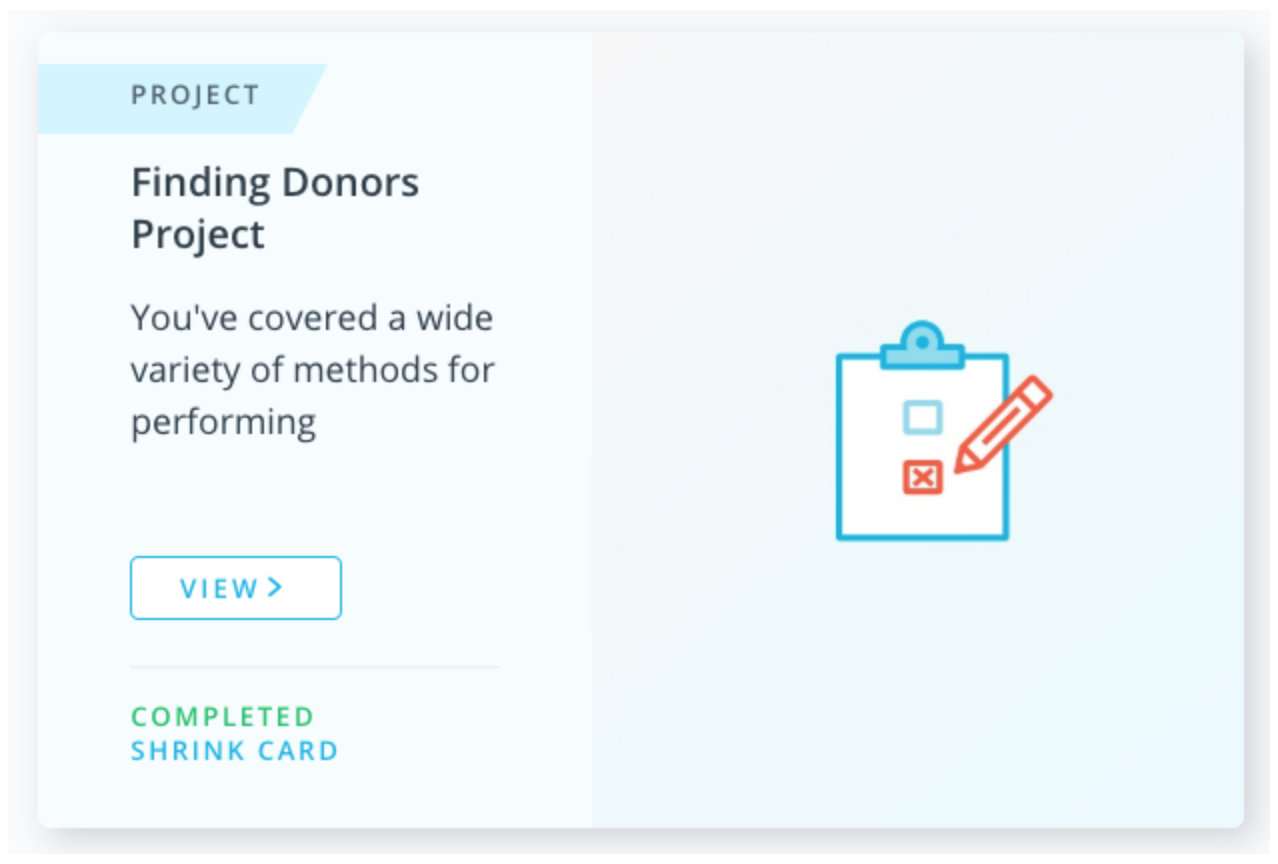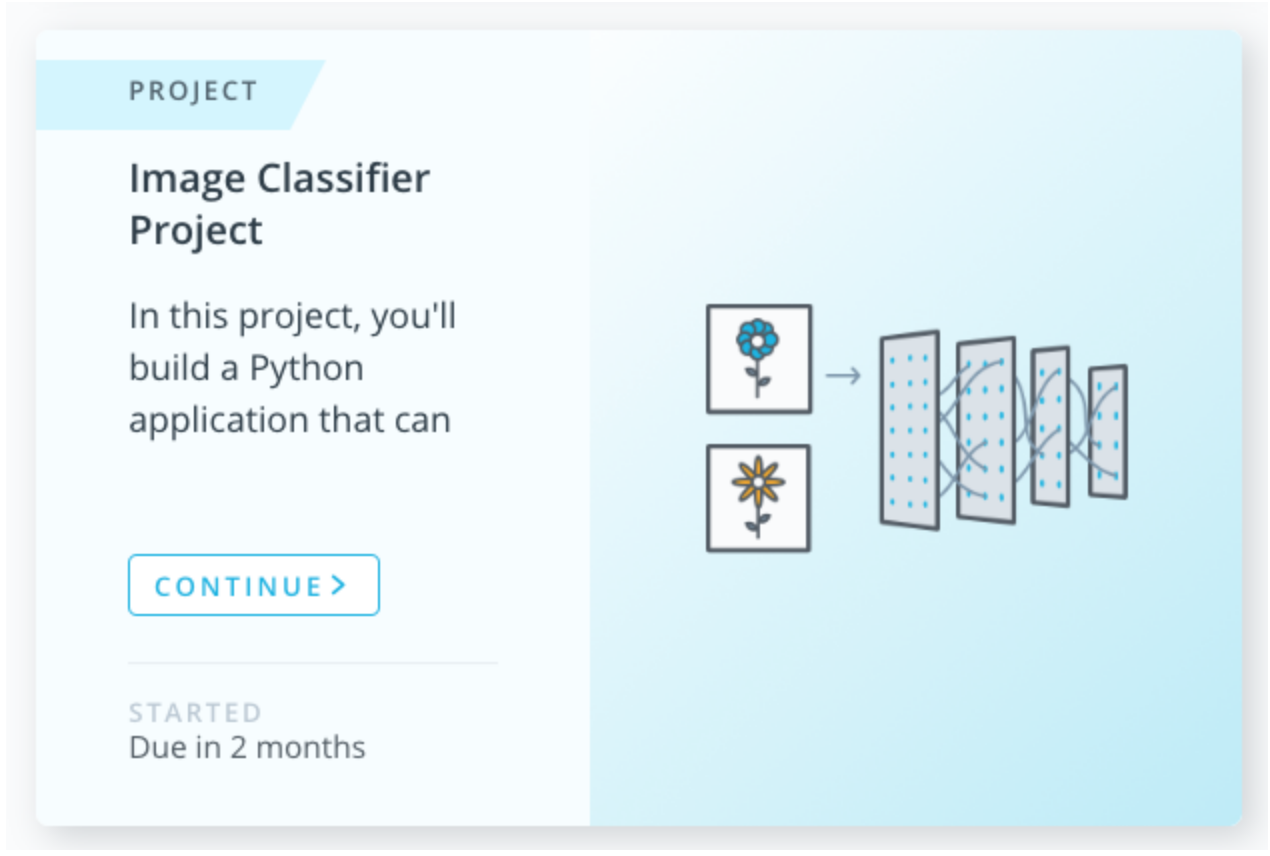03. Program Structure & Schedule
Program Structure and Schedule
To complete this intro-level Machine Learning program, you must successfully complete three projects. The lesson content provided before each project will assist you in understanding the concepts and mastering the skills related to each of these projects. However, you do not need to complete all of the content or quizzes, just the projects.
You'll find the suggested project due dates for each of the projects in the program, listed in your classroom. And here are some helpful things to know about the schedule and structure:
- Project due dates are suggestions, not hard deadlines. There's no penalty for submitting late projects, and you can submit a project multiple times to pass. We strongly suggest that you try to submit a final solution by the listed deadline. This allows you to benefit from progressing with your classmates; also, we see that students who submit the first two projects on time have a much higher chance of completing the program as a whole!
- If a student has not passed all three projects by the end of program deadline, they may have to re-enroll with the next class of students for the full program price.
Courses and Syllabus
This program is all about machine learning techniques used in data science. Here is an overview of what you can expect as you move through the classroom.
There are three parts (or courses) indicated by the three portions available at the very intro of your classroom.

Supervised, Deep, and Unsupervised Learning courses.
Supervised Learning
First, we'll start by teaching you how to train and test models using sklearn. We'll go over the main metrics used for evaluating models, such as accuracy, precision, recall, etc. Then, we'll learn about common supervised learning algorithms, including linear and logistic regression, decision trees, naive Bayes, neural networks, and support vector machines. We'll also learn to combine these algorithms to achieve their full potential, in the ensemble methods section. Every section is equipped with a lab, where you'll get to apply your knowledge using sklearn.
Deep Learning
In this section, we'll be learning the foundational math and theory behind neural networks that can learn to find patterns in some given data. You'll implement backpropagation and optimization using numpy to get an understanding of neural networks, then build up to training neural networks using the deep learning framework, PyTorch. You'll see how to build your own image classifier in Pytorch.
Unsupervised Learning
In this section, we'll be going over the main unsupervised learning algorithms, including several clustering methods, and dimensionality reduction. Unsupervised learning is all about finding groupings in data without specific metrics, like accuracy, to aim for; it is also used heavily in reducing the dimensionality of data. You'll go through several mini-projects and labs in which you'll be able to apply these concepts with real data.
Course Projects
The last lesson of each course is a project lesson. Each of these projects must be completed to successfully complete this program. A completed project looks like the following image.

"Completed" project
While incomplete projects will look like the following image.

"Due in.. " incomplete project
Email Support
If you have a question about enrollment, payment, or a classroom or video glitch, email machine-support@udacity.com.